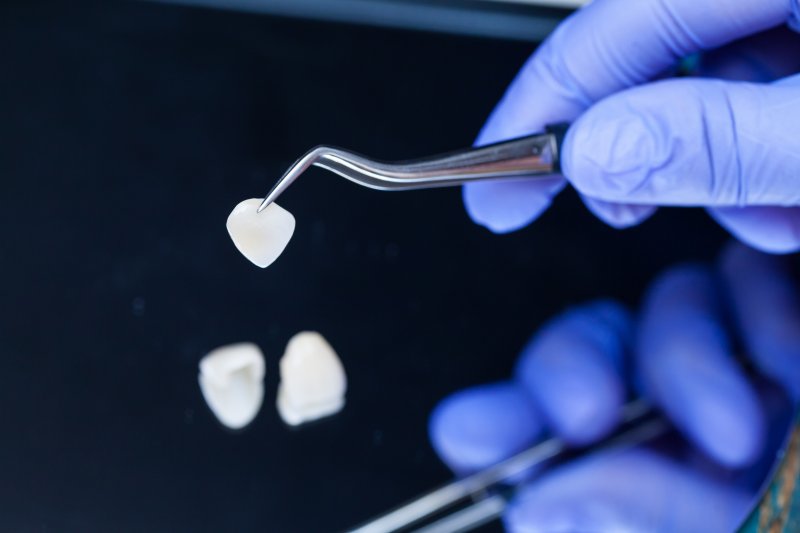
If there are multiple aspects of your teeth that you’d like to change, veneers could be the solution that you’d been looking for. After all, you shouldn’t settle for a smile that you don’t feel confident showing off. Veneers are one of the most sought after cosmetic dental treatments out there, and it’s no wonder why. They can correct a wide range of aesthetic flaws, like teeth that are misshapen, chipped, gapped, discolored, and undersized. However, a small amount of protective enamel needs to be removed for the best possible results, but how much? Read on to learn more about what you can expect.
How Does the Procedure for Veneers Work?
Before prepping your teeth for veneers, your dentist will numb the area with a local anesthetic. Then, they will remove a small amount of enamel from the front-facing surfaces of the teeth. Next, impressions are taken of your mouth teeth and sent to the dental lab where your permanent veneers will be made. Until then, you will be given temporary veneers to protect your teeth and help you adjust to how your new restorations will feel. During your next visit, some minor adjustments may be made, and your permanent veneers will be secured to your teeth using dental cement.
Why Does Enamel Need to Be Removed for Veneers?
There are two main reasons why your dentist needs to remove a small amount of your protective tooth enamel:
• The veneer needs to be bonded to the tooth to stay in place. Removing a small amount of enamel helps to create a surface where the veneers easily adhere.
• Without removing enamel. The veneers would make your teeth appear bulky. By removing some of it, your smile will appear more natural.
How Much Enamel Needs to Be Removed?
Your dentist needs to take enough enamel for successful veneers, but not so much where it causes damage to the overall structure of your teeth. Sometimes, teeth only require minimal shaving, but in most cases, they take about half of a millimeter. Your dentist wants to conserve as much natural tooth structure as possible to keep your smile healthy. It’s important to note that enamel doesn’t grow back. Veneers are an irreversible cosmetic procedure.
Veneers are intended to improve the appearance of the teeth, so they are customized to leave you with the ideal shape and color for you. If you are interested in veneers, schedule a consultation with your dentist. This way, you can find out if they are an ideal tooth replacement option for you.
About the Author
Dr. Michael Rose earned his dental doctorate from the University of the Pacific Arthur A. Dugoni School of Dentistry. Since then, he has remain committed to continuing education and is a proud member of several professional organizations, including the American Dental Association, Nevada Dental Association, American Academy of Cosmetic Dentistry, and the Seattle Study Club. To learn more about veneers or to schedule a consultation, visit his website or call (702) 459-8998.
